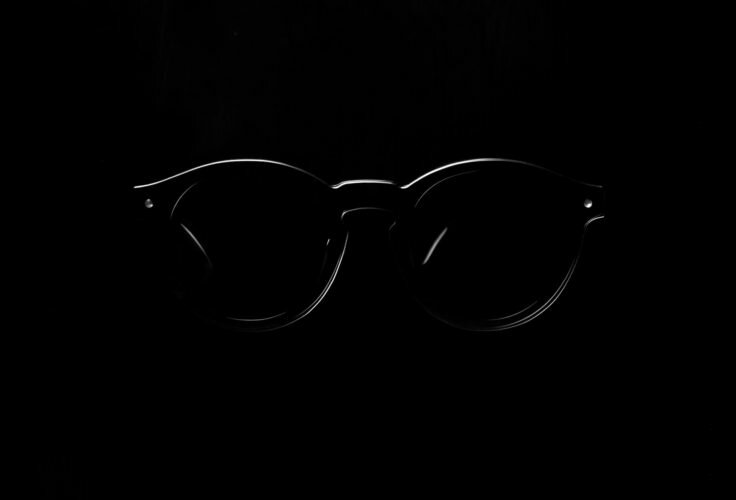Déborah García understands GIFs as the ultimate digital art manifestation. Bill Domonkos as a symptom of art as playground for reinterpretation.
The real rex
in
Jurassic Park

By Marc Juvé
September 30th, 1993: Jurassic Park‘s première in Spain. I was eight years old, so inevitably the T. Rex entered my imaginary during the day and my nightmares at nighttime. Somehow, following the film’s theory, this luxurious antagonist represented Kant’s idea of the ‘sublime’: that immense force of nature before which we can do nothing at all, which belittles us and fascinates us at the same time. But the film, apart from illustrating me with educational theories on the ethics of technological advances (with a calculated and desired global acceptation that, for good or bad, pointed towards the right direction) and a genius exhibition of entertaining audiovisual calligraphy, to me Jurassic Park was something else: in it I saw, for the first time, a GIF.
This GIF is both the brand signature and caricature of its creator: Dennis Nedry, the park’s computer technician. This character, who takes control of the island and leaves its users at the mercy of cretaceous teeth, stands for one of the dark sides of the lack of ethics before progress illustrated by the film: ruthless personal ambition. Computer technology is its weapon, and the GIF its identity sign. As such, that GIF is terrifying, not only for what it represents, but in itself, since it possesses a peculiarity that distinguishes it from most GIFs: sound. The sound turns the never-ending loop into a nightmare. Spectators are not hypnotised but tortured: “Ah, ah, ah!. You didn’t say the magic word. Ah, ah, ah! You didn’t say the magic word. Ah, ah, ah…” Sound repetition makes it a diabolic object. It’s Nedry taking over investors, scientists and intellectuals. In this sense, the GIF has prophetic value: it announces nerd(ry) supremacy and the yielding of the rest of mortals to his will. It announces that technology will be the motor of a change in the paradigm of the redistribution of power among people, and this New Order, in the film, is not symbolised by the T. Rex, but by the GIF, turned into the new king’s seal.
On top of this, the GIF in question does not only represent Nedry’s values, but it also represents him. It’s an Elvis doll with the geek’s face replacing the King’s. Everything clumsily animated, on purpose, as if it were a puppet, to ironically highlight that the computer technician is no longer the impresario’s puppet, but quite the opposite: now he’s the demiurge of society (at least in Nublar island). Unlike Hammond (the creator of the park), Nedry doesn’t need to show his power through multimillion-dollar marketing paraphernalia; his power is absolute and the simplicity of a -rough and white background- GIF is enough to remind us of it.
In conclusion, Nedry is the real antagonist. He might lack the T. Rex’s sublime aura, indeed, and in the film he even loses control, and his life, in a ridiculous way; but all kings die, and their main function isn’t fascinating and getting eternal life, but extending their legacy through their symbols, and in this, Dennis has been relentless. Now, more than twenty years later, his prophecy –New Order–, represented by that first GIF, is a prevailing reality, and, on top of that, its symbol, GIFs, have become part of our keyboard and screen lexicon. Thus, without a doubt, Nedry is the true rex in Jurassic Park, and GIFs, his passport for posterity.



















